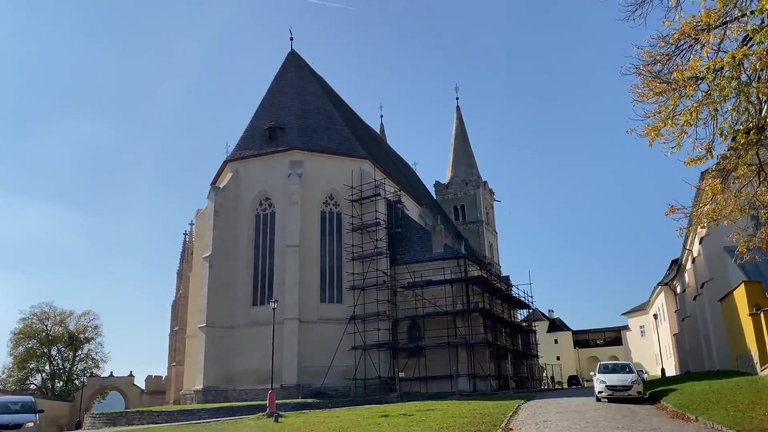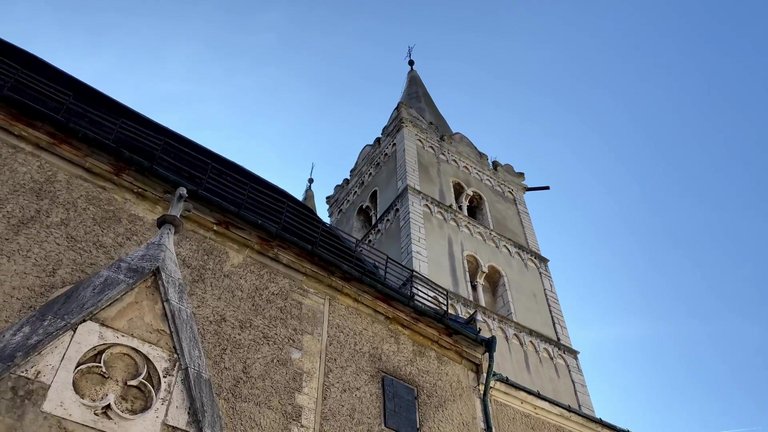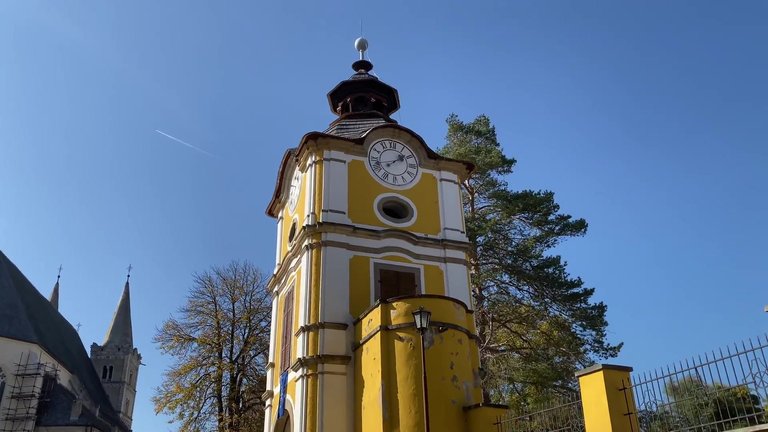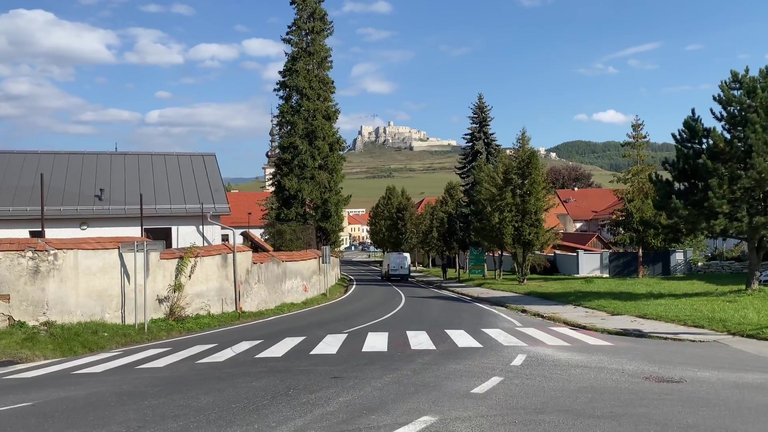
Hello friends. Last weekend we visited Spiš Castle, a place we had long wanted to see. Upon arrival we found that the castle was partially under construction. We were eager to go up and see what was happening.
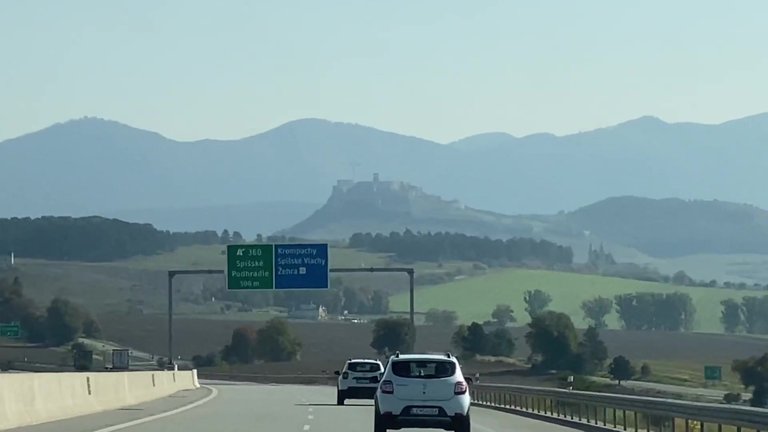
At the entrance we were greeted by signs and information boards. According to the information we gathered here, the castle is truly large. Its peak is blind and the mountains reach a height of 634 meters. Spiš is the largest castle in Slovakia and one of the largest in Europe. It is listed as a Unesco world heritage site. The ticket price for adults is 8 euros and for children aged 6 to 18 it is 4 euros.
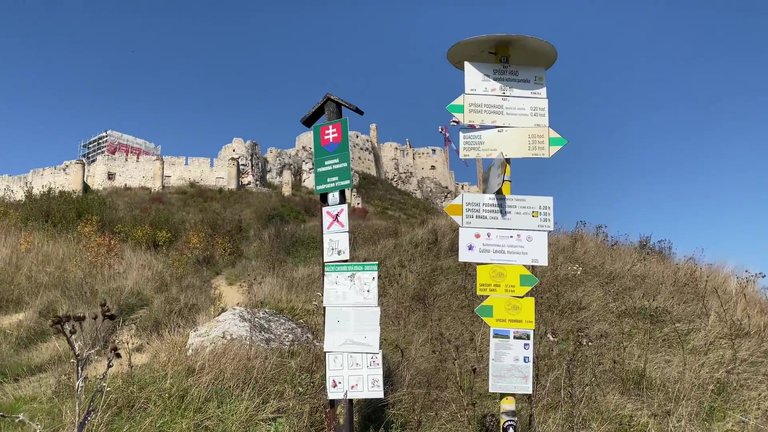
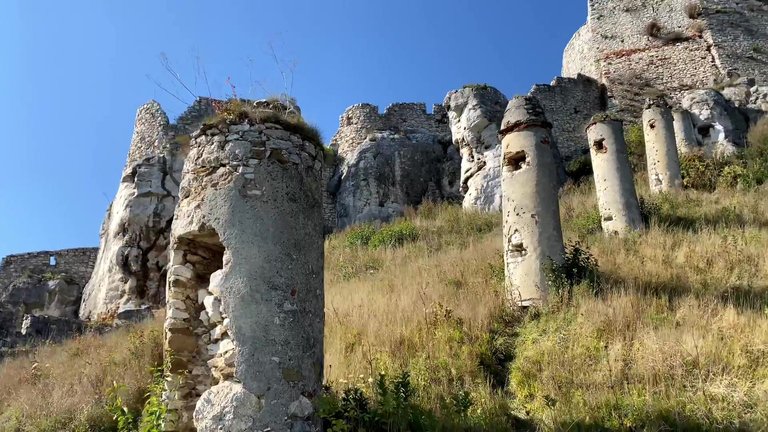
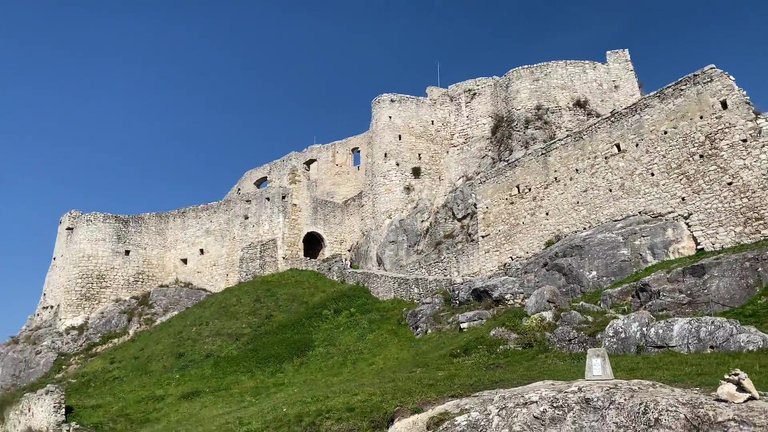
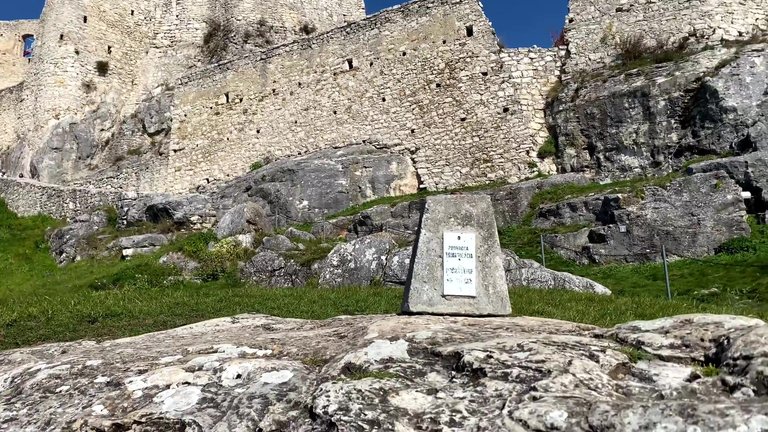
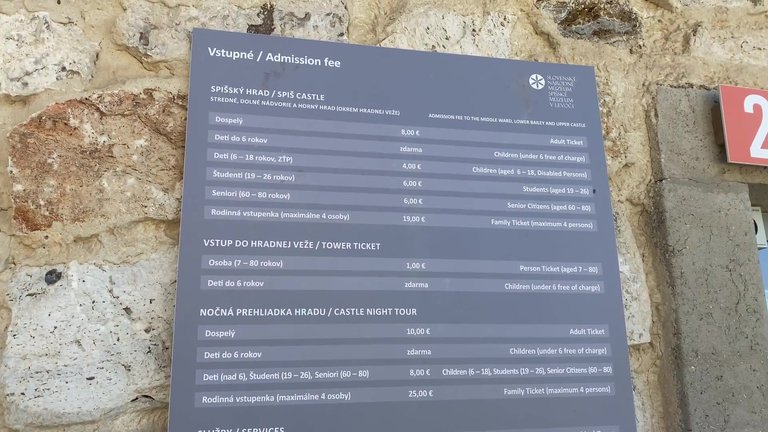
Spiš Castle is located on the top of Spišská Hradný Vrch. Its height is around 200 meters. The castle is surrounded by flatlands. The view from the towers extends for many kilometers. On clear days the size of the castle, covering 4 hectares, is evident. The height of the castle walls ranges from 20 to 40 meters in various places. In the Middle Ages it was nearly inaccessible to enemy attacks.
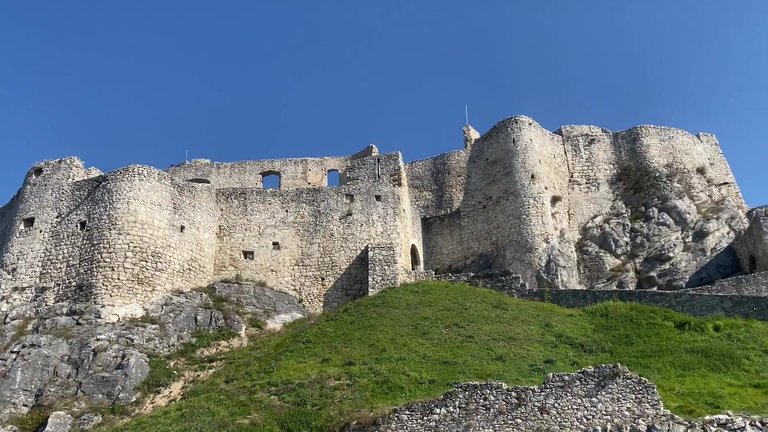
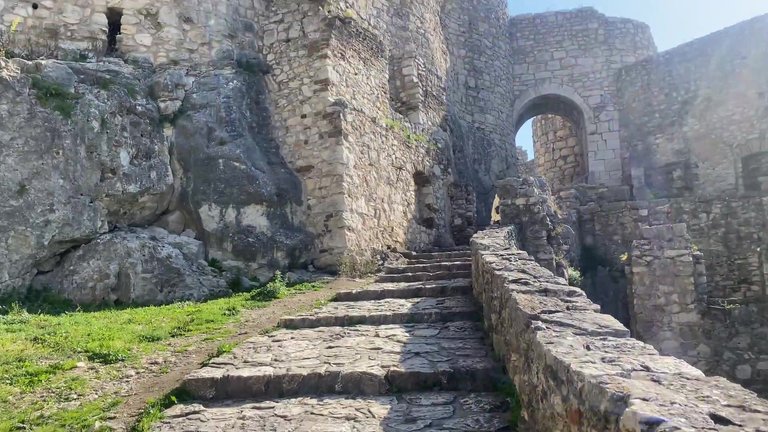
The castle consists of upper, middle and lower courtyards. Each worked independently and simultaneously as part of a comprehensive defense mechanism. If the enemy captured one courtyard, it did not mean the entire castle would fall. At the entrance we downloaded an audio guide, which is recommended if you visit. There are numbers around the castle that correspond to the guide. We could listen to it as we explored.

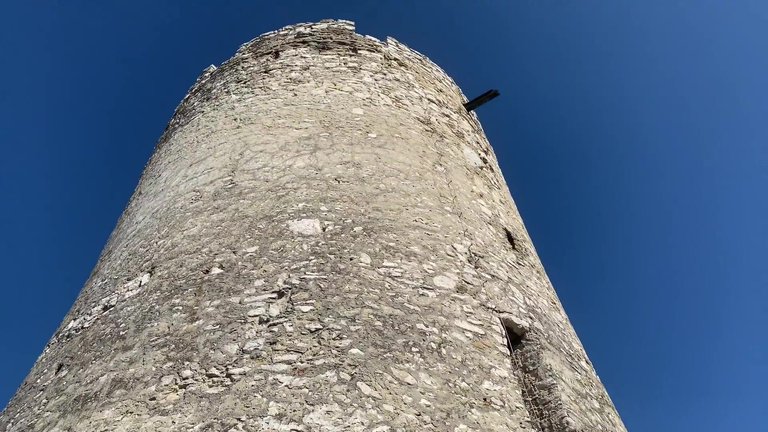
In 1961 this castle was declared a national monument and is currently partially open to visitors. Archaeological excavations and restoration work are being carried out at the castle. We climbed to see the best panoramic spot, which costs an additional 1 euro. The general admission fee is 8 euros, but considering it is Slovakia's largest castle, I find this fee worth it. Compared to Devin Castle in Bratislava 8 euros seems really worth it.
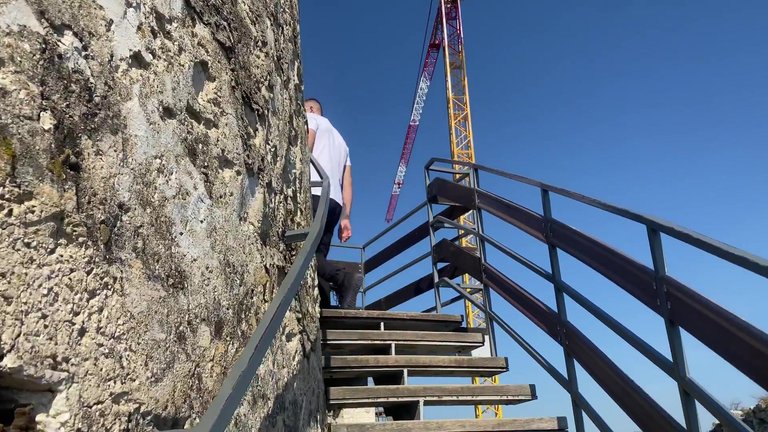
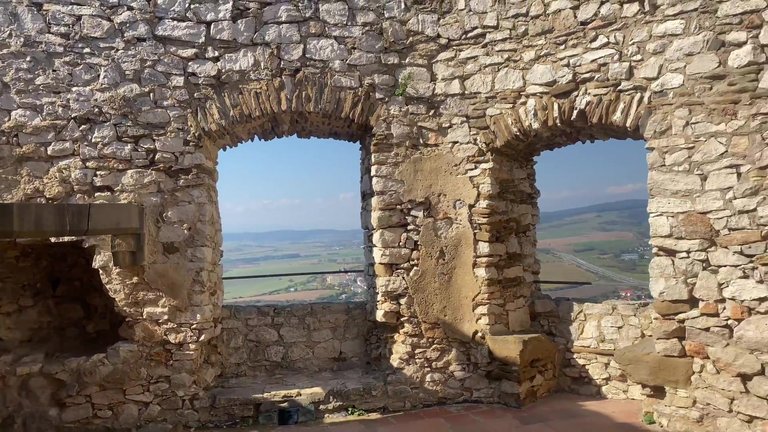
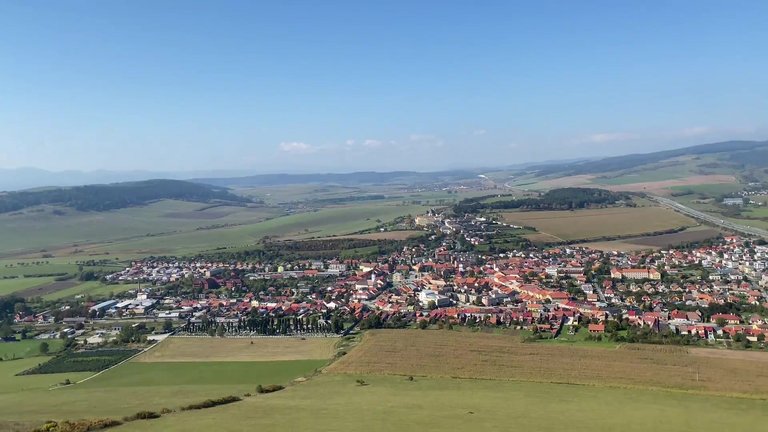
According to archaeologists, the first defensive structures at this height appeared in the 11th and 12th centuries, but the first written record of the castle was made in 1209. It was expanded and rebuilt in the 13th century. At that time these lands belonged to the Kingdom of Hungary.
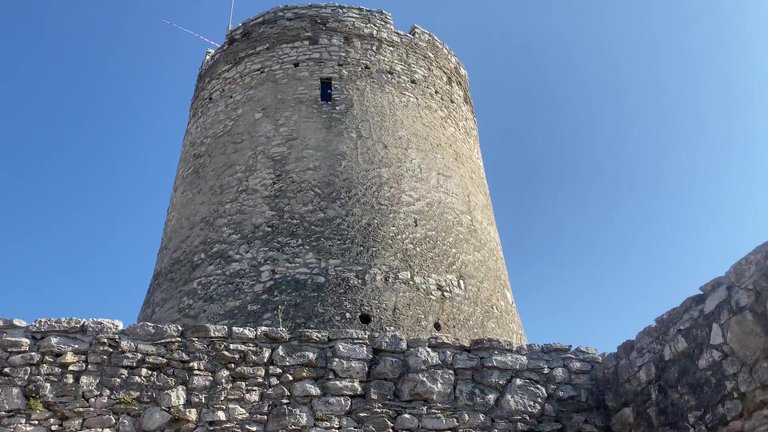
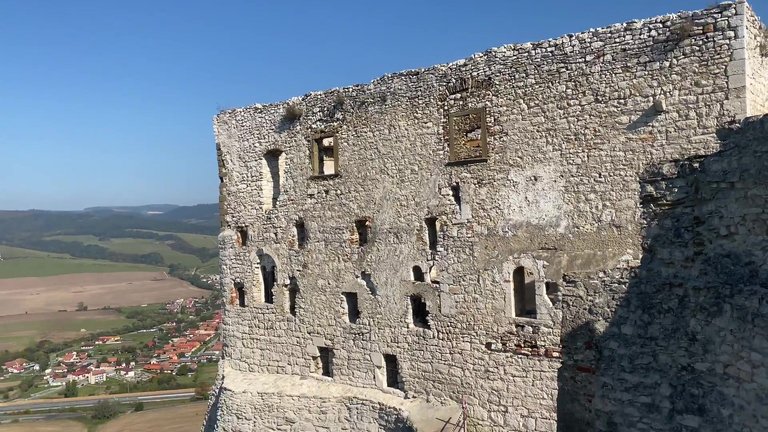
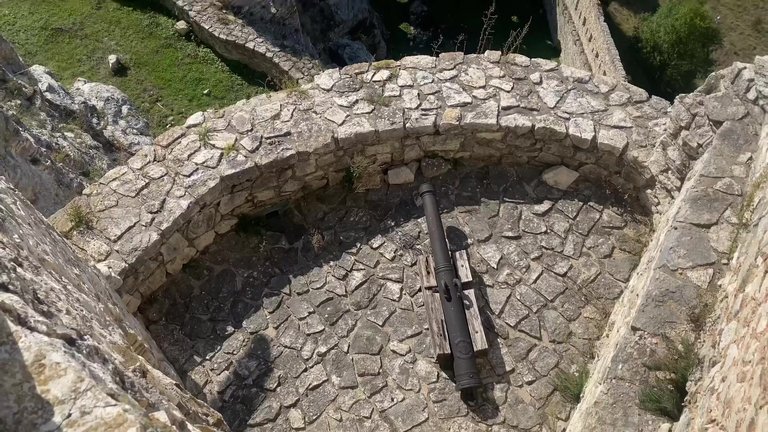
It's hard to understand what kind of clashes took place here. It's interesting to think about how soldiers came here with such heavy equipment and how they managed to fit in. The stairs are quite worn and slippery. By paying another 1 euro, you can also visit the small museum here in addition to the panorama.
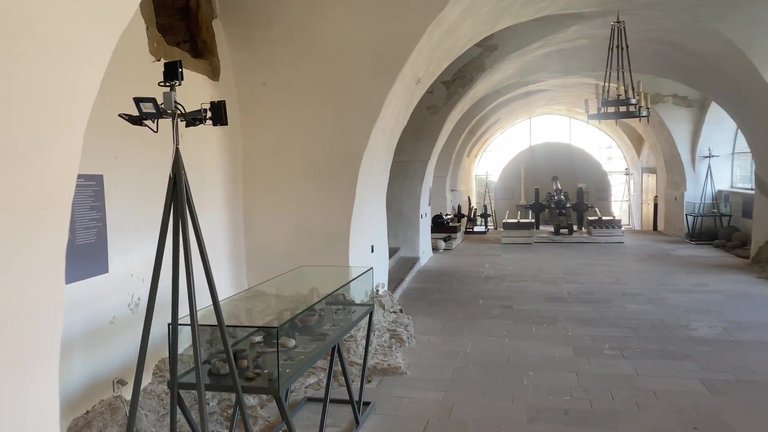
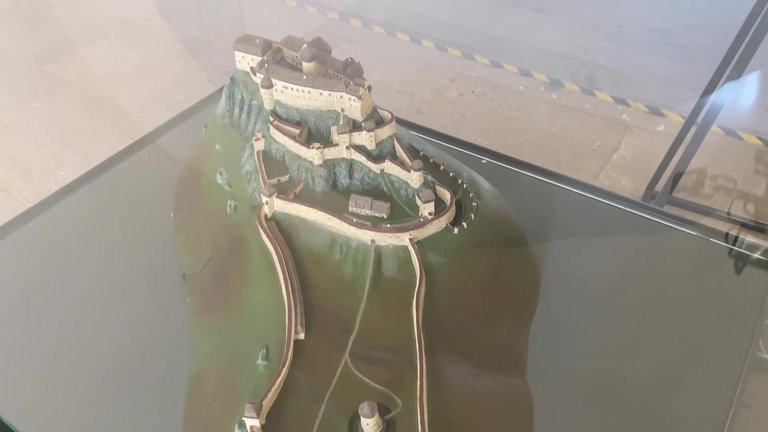
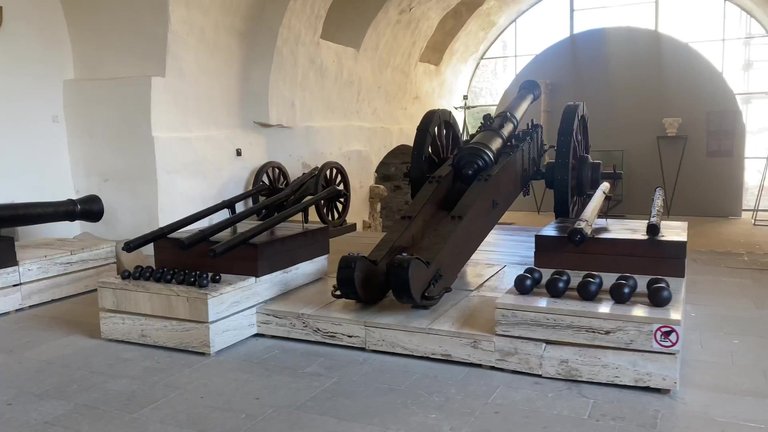
In 1241 the Mongol-Tatars attempted to capture this castle but failed. In the second half of the 13th century the upper courtyard and tower were completed. There is a torture room here. It seems that the displayed items are still functional. These old torture devices, like the other items exhibited in the museum, are carefully preserved. Here you can see different types of torture instruments.
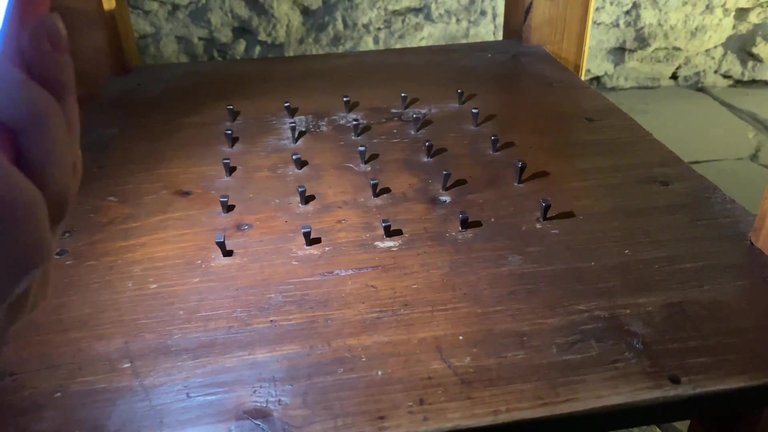
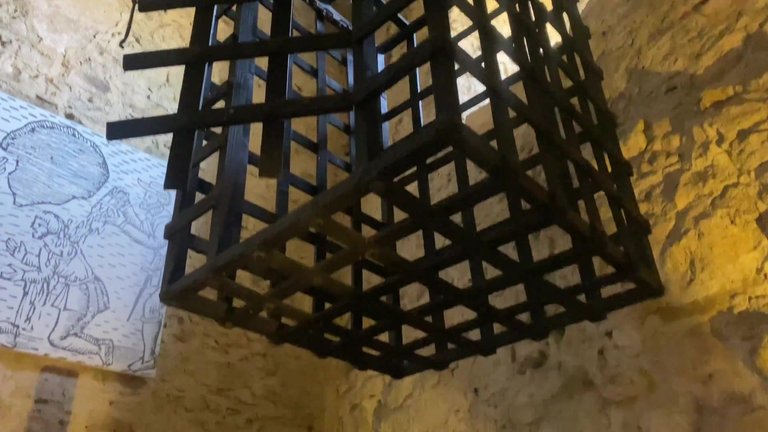

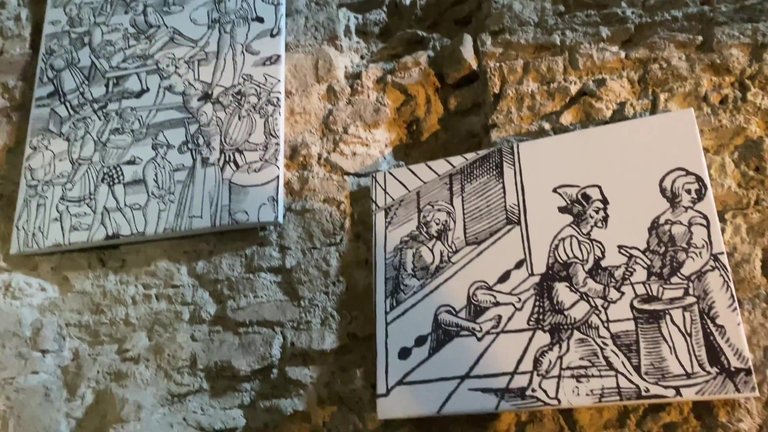
In the late 13th century the castle became the residence of the Hungarian royal family and they governed the country from here.
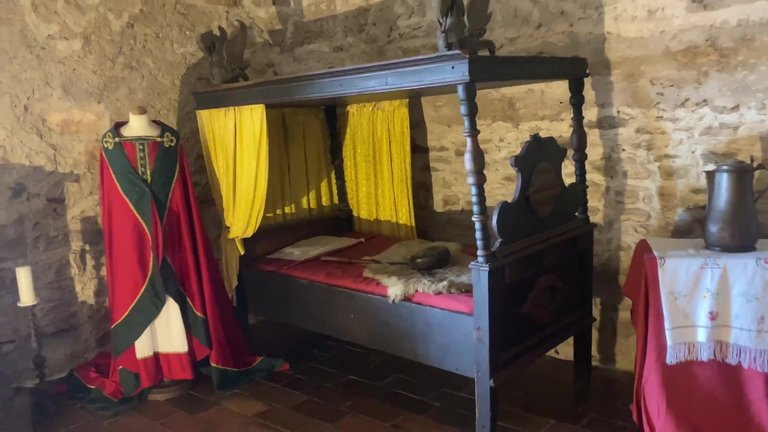
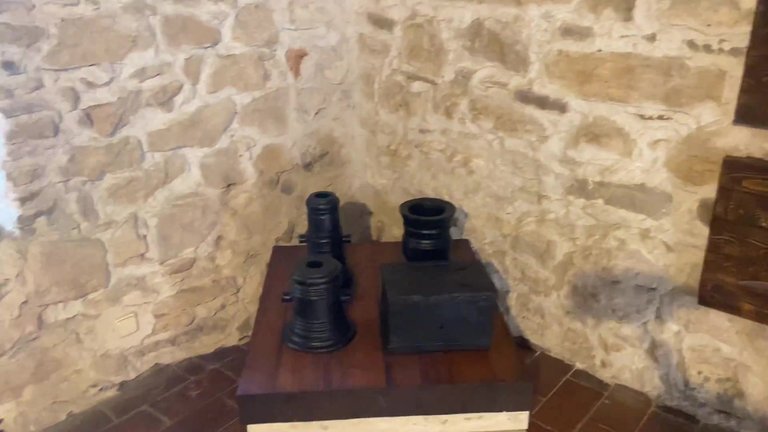
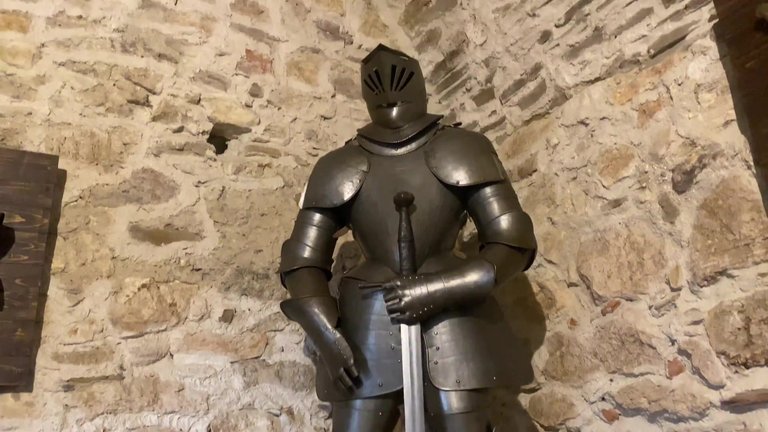
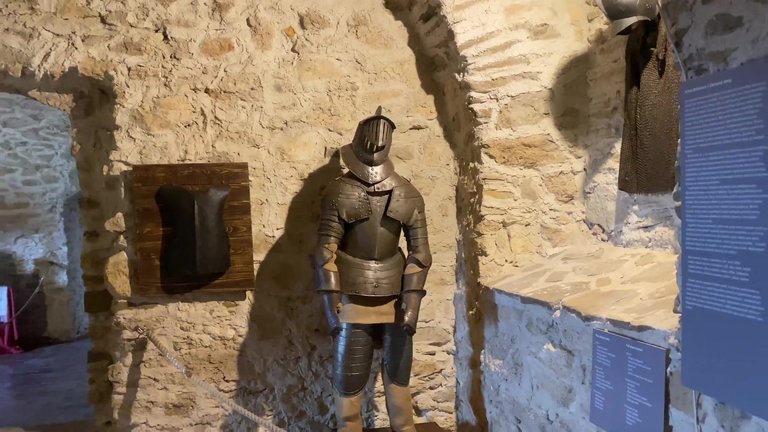

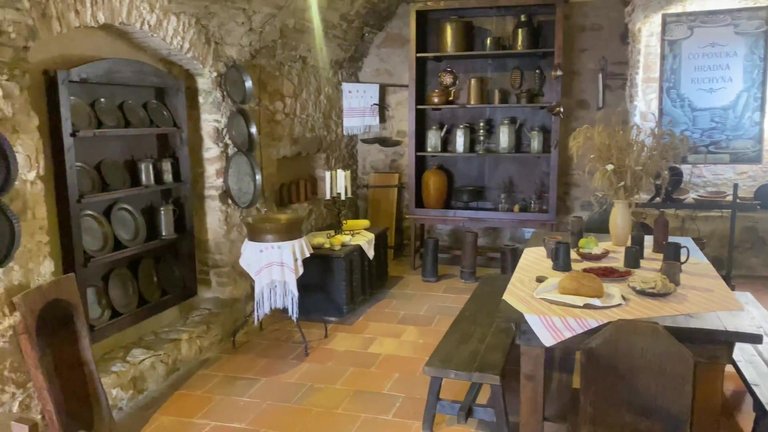
The inner courtyard has a wonderful area. Everything is well-maintained, the grass is cut and there are some minimal installations around. There is a protective area you can climb and walk on. It's truly a fantastic place.
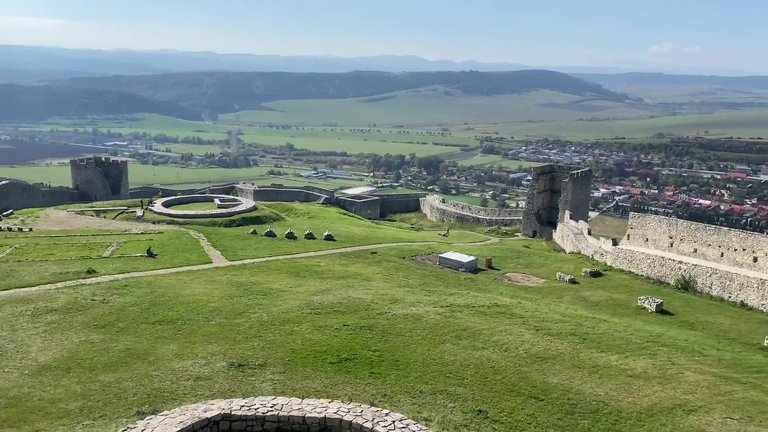
The lower courtyard was built in the first half of the 15th century. However the castle's administrators changed quite frequently and quickly. By the end of the 18th century, the castle gradually lost its defensive significance. After the fire in 1780 the owners did not repair it again.
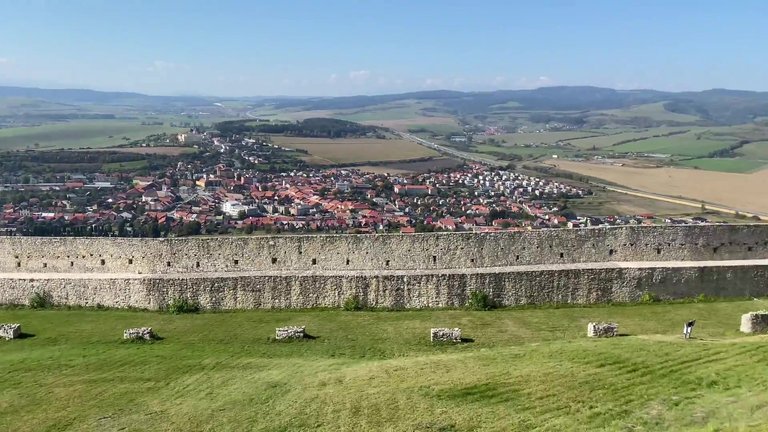
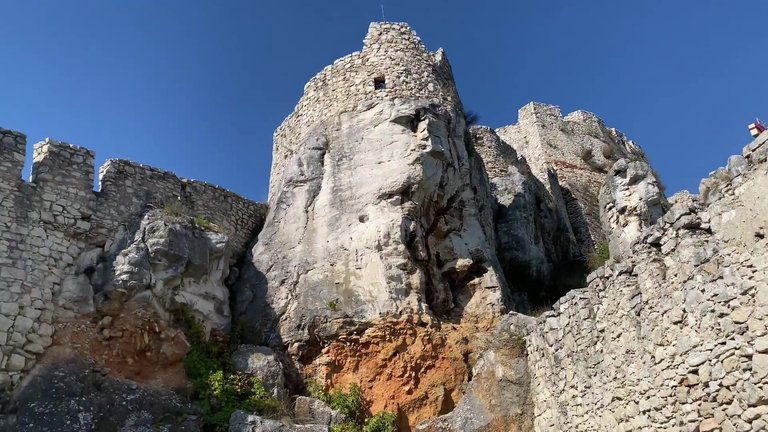
We left the castle. It was difficult to understand why cars were parked up there when there seems to be a parking lot below. This somewhat spoils the overall appearance. I noticed some figures made of stones around the castle. I definitely recommend visiting this castle and its proximity to the highway is a big advantage.
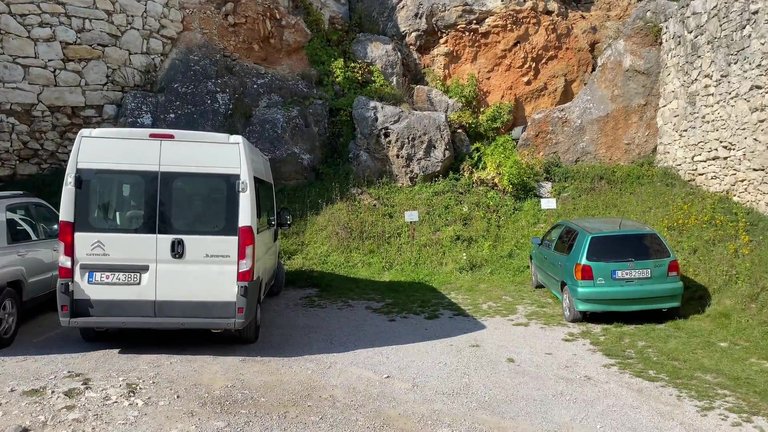
It was cloudy on the way to the castle, but then the sun came out. About a kilometer away is Spišská Kapitula , which is also on the Unesco world heritage list. Since we were there, we wanted to visit it too.
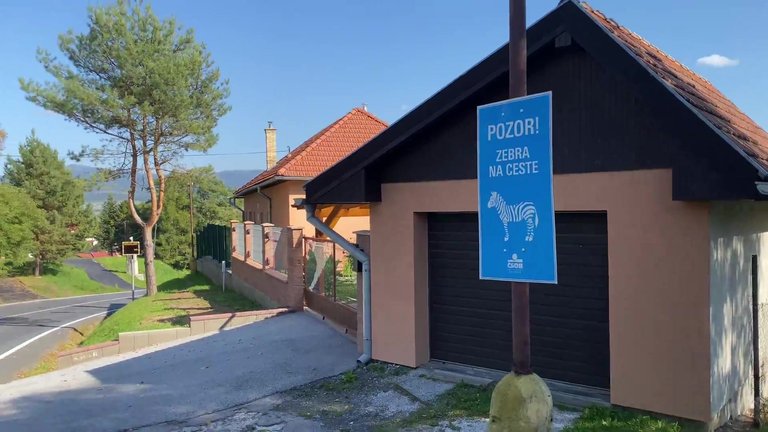
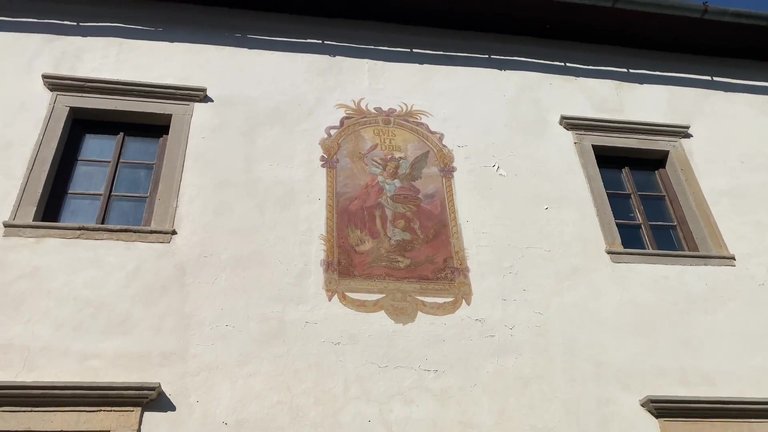
There was a pedestrian crossing on the way. Spišská Kapitula is a small church complex, almost like its own state and is referred to as the Vatican of the East. The first written record dates back to 1235.
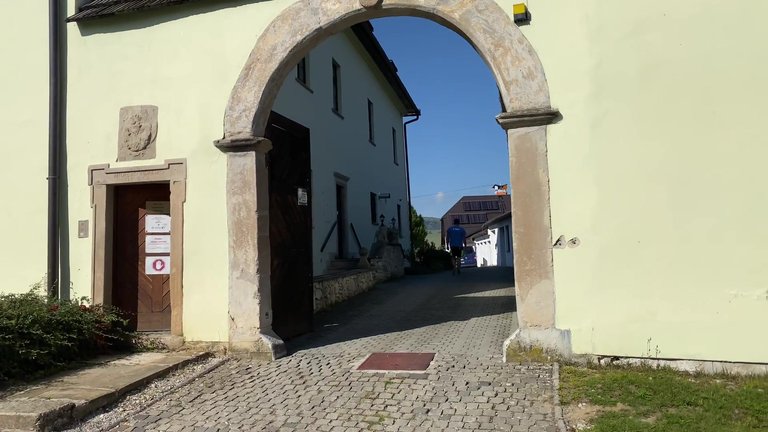
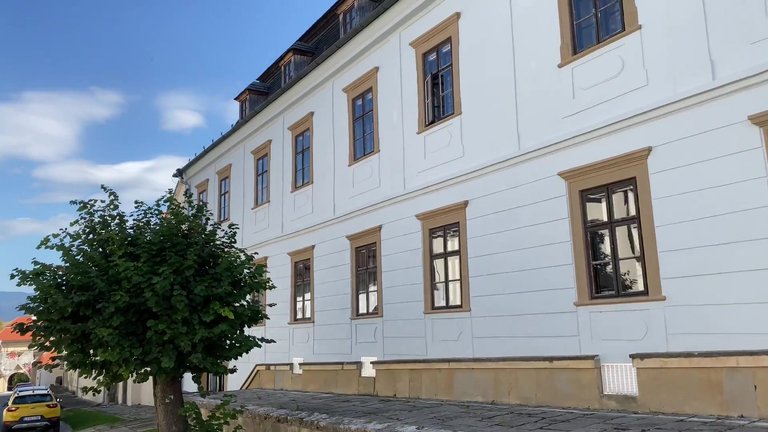
We parked next to the police station because we couldn't find parking there. Spišská Kapitula has been the residence of the bishop since 1776 and the reconstruction of the complex began at that time. After the nearby Spiš Castle burned down, the influence of the church increased and a university and a theological seminary were established here. The most valuable asset of the complex is the Romanesque St. Martin Cathedral dated to 1245.
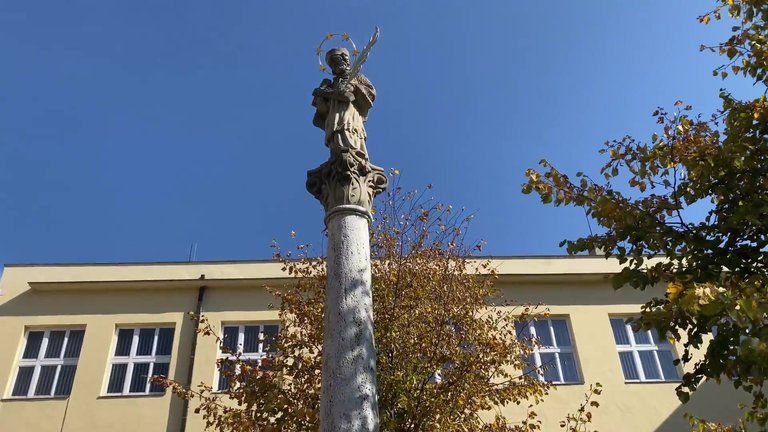

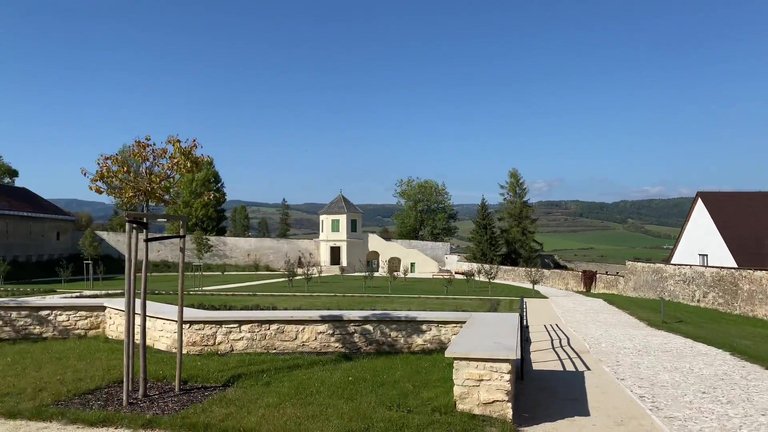
Later Spišská Kapitula was incorporated into the town of Spišské Podhradie and declared a city monument. It is listed as a Unesco world heritage site and is considered one of Slovakia's most valuable cultural heritages today.
